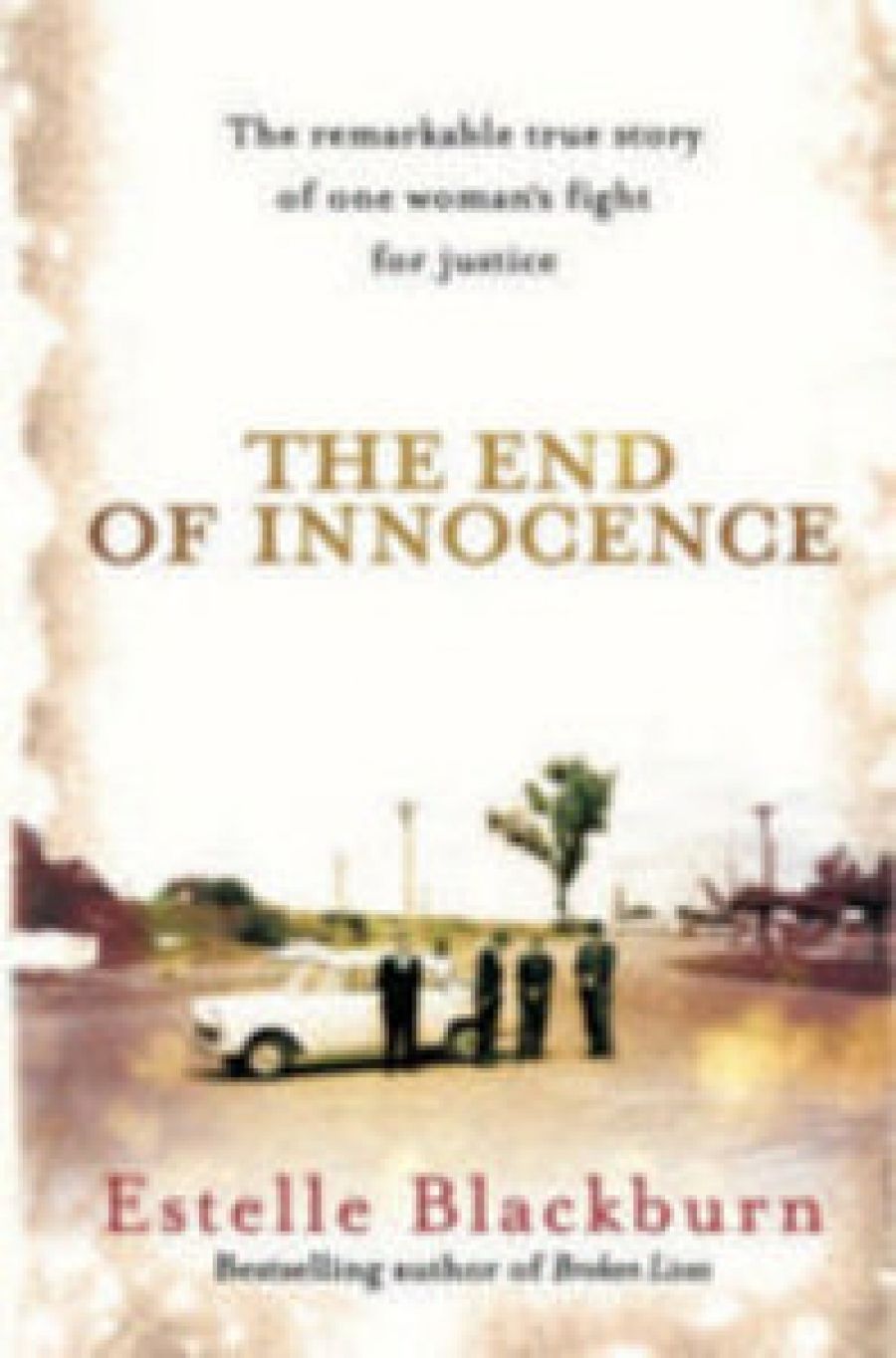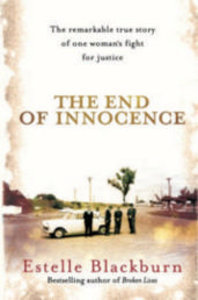
- Free Article: No
- Contents Category: Australian History
- Review Article: Yes
- Article Title: Mission for Justice
- Online Only: No
- Custom Highlight Text:
From September 1958 until his capture in August 1963, Eric Edgar Cooke conducted a terrifying campaign of violent crime in greater Perth which left eight people dead and several others permanently injured. The damage did not stop with Cooke’s arrest. A young labourer, John Button, had previously been convicted of one of Cooke’s murders: the hit-and-run killing of Button’s girlfriend., Rosemary Anderson. Button was serving ten years’ imprisonment. Neither Cooke’s confession to the murder of Anderson nor subsequent police investigations were sufficient to convince authorities that the justice system had miscarried. All of Button’s legal appeals (including one to the High Court of Australia) were dismissed. Button steadfastly maintained his innocence, even after he had served his sentence, fruitlessly petitioning politicians for a reopening of his case. For many years the injustice remained, until a chance encounter in 1992 between Button’s brother and a journalist named Estelle Blackburn. With a reporter’s nose for a good story, Blackburn began an investigation of Button’s case that was to last six and a half years and create Australian legal history.
- Book 1 Title: The End of Innocence
- Book 1 Biblio: Hardie Grant Books $29.95, 338 pp
- Book 1 Cover Small (400 x 600):

- Book 1 Cover (800 x 1200):

The End of Innocence is the story of Blackburn’s investigations and of the consequent publication of her earlier account of the Cooke murders, Broken Lives (1998), which revealed fresh evidence in Button’s case and ultimately led to his exoneration. The investigation, covered in detail in The End of Innocence, was by any standard extraordinary in its depth and thoroughness, and won Blackburn a Walkley Award. Faced with the task of uncovering events that had happened up to thirty years before, the author’s first port of call was Perth’s cemeteries to find out if relevant witnesses had died. Amazingly, after so much time, the author was able to track down nearly all of the witnesses to Cooke’s crimes and eventually to piece together a convincing case for Button’s innocence. Of great relevance was her uncovering of earlier hit-run crimes that subsequent police investigations proved to be the work of Cooke. This evidence was not in itself sufficient to overturn Button’s conviction, since the front of Button’s car bore damage from an earlier and unrelated accident. However, the findings did prompt Blackburn to conduct further investigations which lasted another two and a half years. The evidence gathered during this period – covered in the later chapters of The End of Innocence finally proved that Button’s car could not have been the one that hit Anderson.
It is clear from The End of Innocence that Blackburn’s investigations represented not so much the search for a story as a mission for justice. This is especially apparent when she describes the financial and personal costs of her investigations, which were enormous. The reader finds comfort that there are investigators willing to go to such lengths to achieve justice, but also dismay that the process should exact such a high personal cost.
The title is a reference to Perth before Cooke struck, when cars were parked unlocked with keys left in the ignition, house doors left open, and streetlights extinguished late in the evening. It was also a time, as the author points out, when the integrity of the justice system was generally beyond question. All of these factors worked to the advantage of Cooke, and to the disadvantage of Button.
For all of Blackburn’s exhaustive work, the reversal of the injustice done to Button owed much – more than we should like – to good fortune. The police roundsman at the West Australian during Cooke’s reign of terror had died but the author chanced upon his widow through a family connection; fortuitously, the widow had kept her husband’s detailed papers about Cooke. That the author was able to gain access to confidential police files owed much to her having previously served as a public relations adviser to the police commissioner. The small, isolated community of 1960s Perth, where everybody seemed to know everybody else, was also a crucial factor in tracking down witnesses. In another city, at another time, the author might not have been so lucky, and justice would still not have been achieved.
The Western Australian government (and other Australian governments) continue to reject calls for the creation of a Criminal Case Review Committee along the lines of that in operation in the United Kingdom, which, since its establishment in 1997, has led to the quashing of at least 199 convictions. We owe it to future John Buttons to ensure that our justice system be more willing to look at its own reflection.


Comments powered by CComment